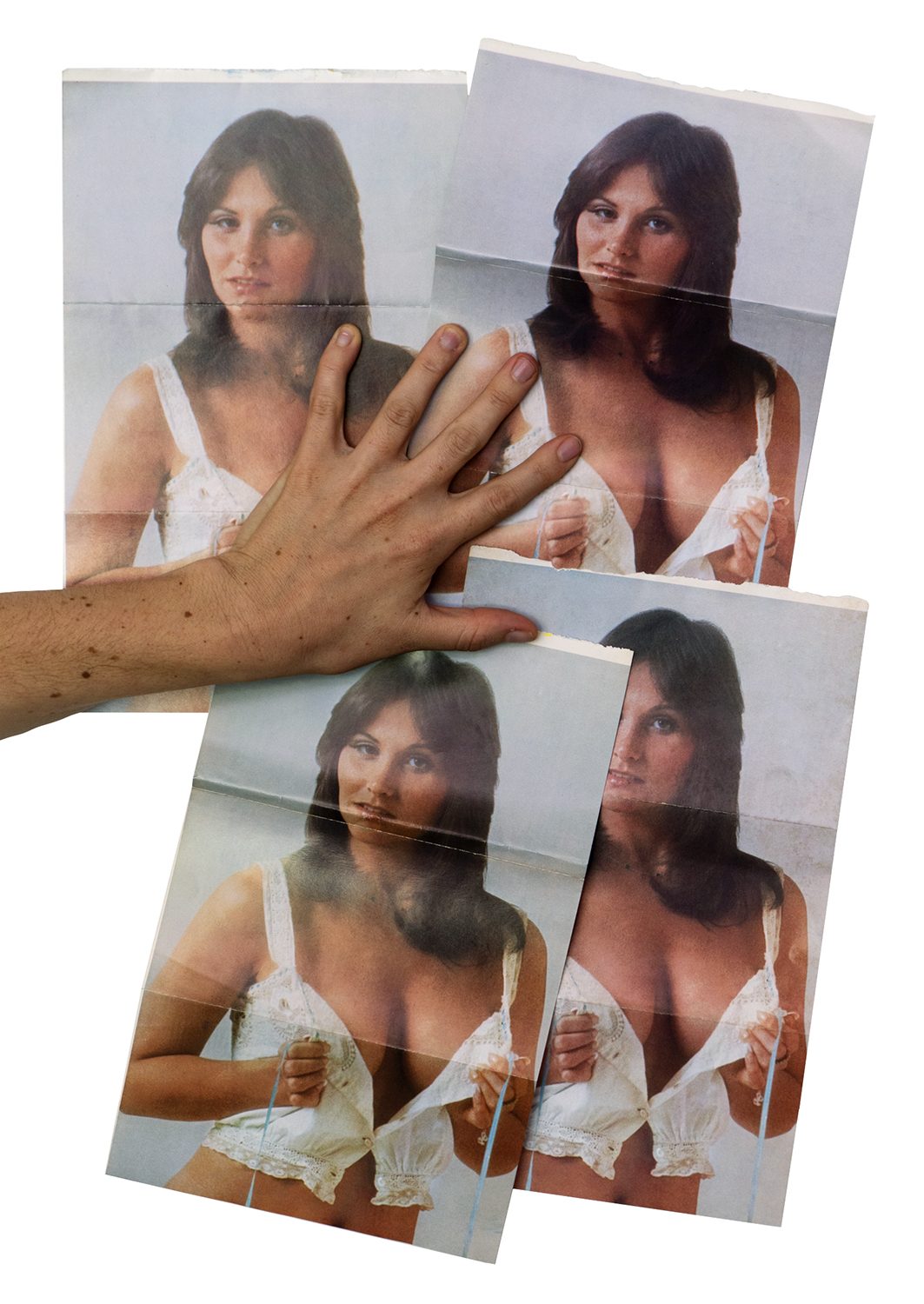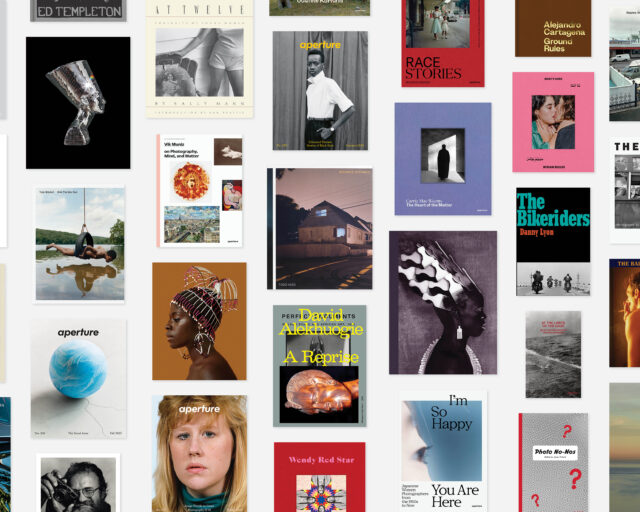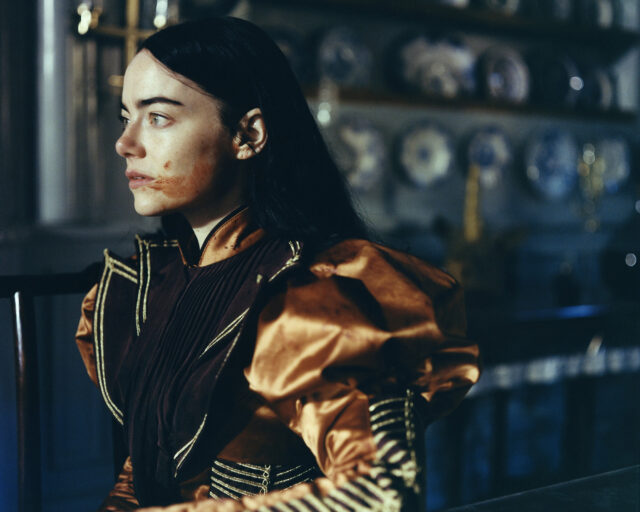Centerfold by Carmen Winant for The PhotoBook Review, Issue 017, 2019
Carmen Winant, the guest editor of the latest issue of The PhotoBook Review, is an alchemist when it comes to books—her practice as an artist is one of creation and transformation, an Ouroborus in which printed material is both created and destroyed. In the following conversation, I am joined by my colleague and contributing editor Brendan Embser, who has worked closely with Winant on other projects for Aperture. We spoke to her by phone as this particular issue developed, to talk about how her thoughts about bookmaking have been informed by her deeply held commitment to feminism and a critical approach to the depiction of women via the photographic image.—Lesley A. Martin
Brendan Embser: Carmen, two years ago, you and I were at a symposium on feminism and image making at the FotoFocus Biennial in Cincinnati, and we were discussing this idea of “emergency feminism”—basically the idea that we all have to be feminists now. I wanted to start there, and ask you how you’re feeling about feminism right now, especially in relation to art, photography, and books.
Carmen Winant: That’s not a small question! I am of many minds about where I see feminism now. On one hand, I feel, as I did then, really energized by the cross-generational commitment of people, not just women—but of all people, and ranging in age—to this thing that we call feminism. I understand feminism to have, in some sense, risen from the dead; it’s no longer seen as pass. to call yourself a feminist. And that is what we need: bodies in the room working toward coalition. On the other hand, there is a certain radicality that has, in my opinion, become rather dilute. We no longer have an agenda of “liberation.” We no longer understand world-building to be a part of the picture. That was once the feminist imperative, to believe that another world was possible.
Lesley A. Martin: I’m interested in your use of the word world-building. I’m curious, especially, about its application to art, photography, even to bookmaking.
Winant: One thing that my current project, Notes on Fundamental Joy [Printed Matter, 2019], has taught me is that imagination belongs to organizers and policy-makers as much as to artists: the act of world-building is nuanced, messy, and to collaborative. As an artist and art educator, I am intent on pushing my students to access channels of their own imagination. And that means not only to imagine superficially—a shape or a color—but to be sensitive to their world, imagining whole new systems that don’t exist, or could exist in parallel. Working on this book, which is comprised of photographs made by lesbian separatist artists in the early 1980s, enabled me to witness a kind of imagination I’d never seen, a literal world-building. These projects—the aesthetic work of imagining, and the political work of imagining—are indelibly connected. It’s no coincidence that the women/womyn in this book were artists and feminists, were world-builders and separatists. All of those things remain connected in a functional sense.
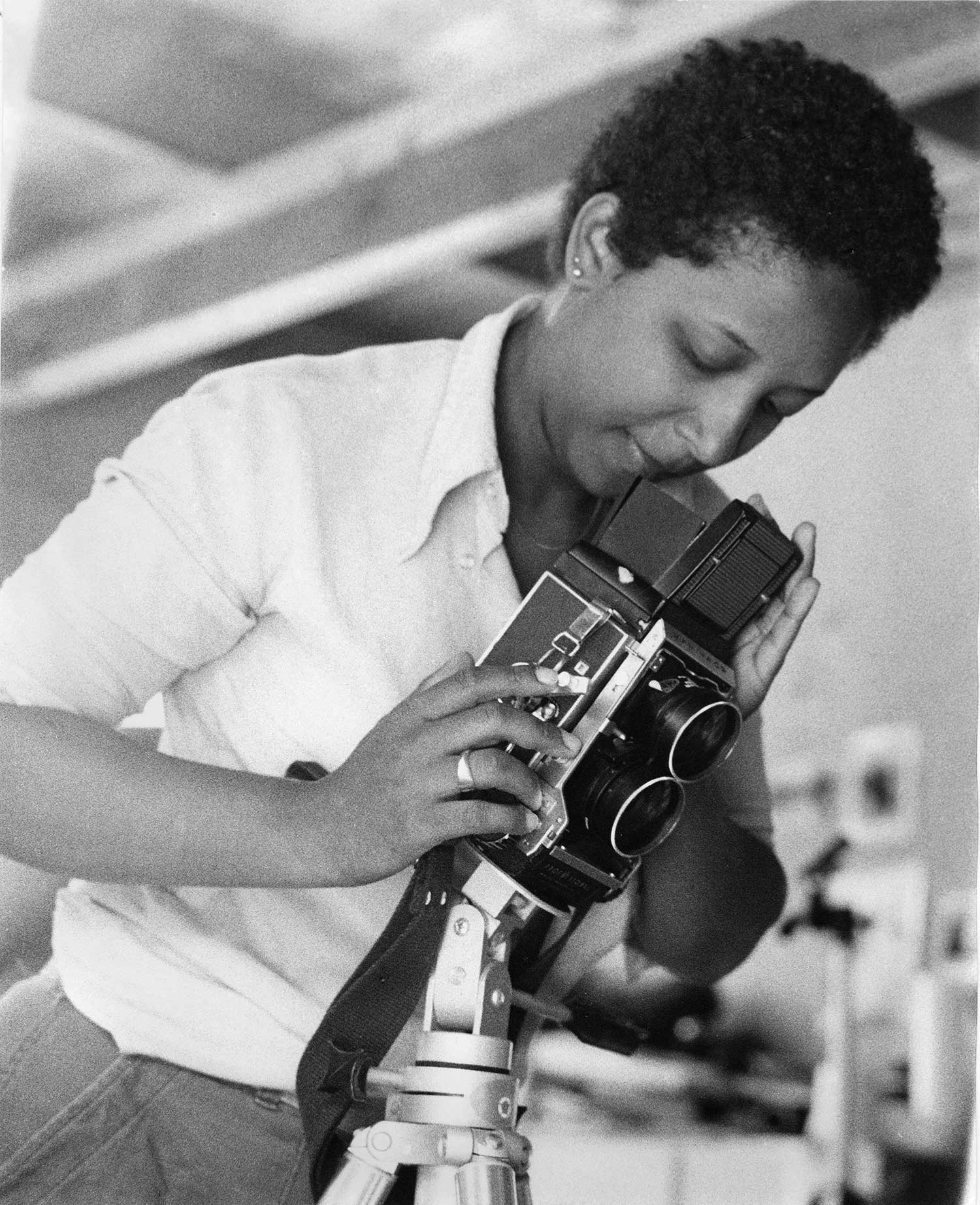
© Carol Newhouse; Courtesy the artist
Embser: Lesley and I were excited to work with you on this issue, in part because of your attention to the history of women in photography, and pictures of women in your own artworks. But we also wanted to ask how you make photobooks, and how you have been thinking about making “feminist” photobooks.
Winant: In her book Living a Feminist Life, the writer Sara Ahmed qualifies the feminist movement as both a philosophical and an embodied movement; something that can move between people and something that physically moves people. What occupies that potential more than books? They can be shared, packed up and moved between countries, sent cheaply in the mail. Feminists have long been inclined to making books, leaflets, and pamphlets; this way of working runs hand in hand with, as Ahmed said, an agenda of the movement.
In terms of my own work, I make feminist books about women’s lives, largely in relationship to what we might call sexual politics. I’ve been particularly interested lately in the potential of women’s imaginations. I am perpetually thinking about how photobooks function to transmute, or fail to transmute, our agendas and our insides.
Our work in this issue orbits these ideas, probing this question: what is a feminist photobook? What do we do with a feminist photobook?

Martin: In your own work, you’re also using books as source material. There’s a tension between the physical and the symbolic that plays itself out in the book form. Is this important and where do you find this imagery?
Winant: People often assume that either I’m printing images out myself, finding them on the internet or in magazines. But for My Birth [Image Text Ithaca Press and SPBH Editions, 2018] and this new book, it is important to me that they originate as bound, physical objects—which I’m undoing in order to make a new physical thing. The books are truly destroyed by the time that I’m done with them. In that sense, there’s a strange cycle of destruction and regeneration. It’s a private thing that occurs in the studio, from book to book to book. It’s not without some sadness that I destroy some of the books, if I’m being perfectly honest.
That physicality is important, because that’s how I read books, especially books of images. They have a feel, a texture. They have patina. When I was working with Bruno Ceschel of Self Publish, Be Happy, he finally said to me, “Just make something in the studio. Put together a book the way you would produce something with your hands, in the way that your cuts would be uneven, your placement would be off-center, and we’ll reproduce that as the book without interference.” That was really liberating, and frankly, opened up some possibilities for me in what bookmaking could be.
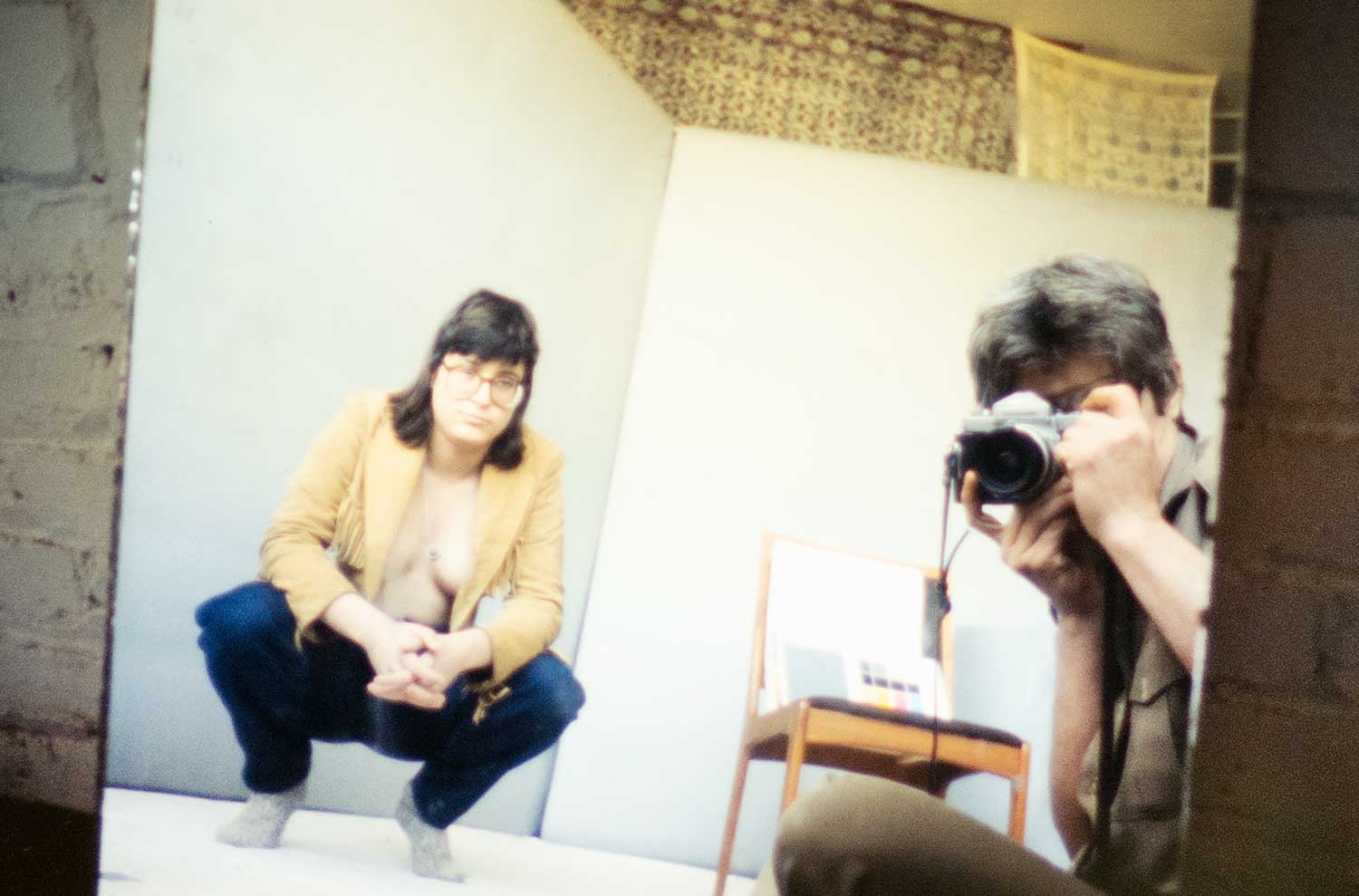
© Honey Lee Cottrell; Courtesy the Division of Rare and Manuscript Collections, Cornell University Library
Martin: I do think that trace of the human hand is something that comes up a lot in feminist work, and I’m wondering how you see that as a feminist gesture as well as a practical matter—that you end up seeing the tape on the page or the jagged edges of the appropriated images. It makes me think of Abigail Heyman’s Growing Up Female [Holt, Rinehart and Winston, 1974], in which the handwritten text performs as such a concrete and specific gesture of feminine identity.
Winant: I have always worked in an explosive way, but I used to “clean up” the work before it left the studio. I would smooth out the edges, take off the tape, disguise the hand. It took me a long time to understand that impulse as reflecting my own inculcated sexism about what might be considered “serious” artwork. I was worried that my work would be read as “crafty,” which for me meant feminized.
I had to understand that impulse; I had to figure out why I was embarrassed in the first place. I’ve come to realize that it had to do with my own expectations of wanting my work to look more—be perceived as what I understood to be—masculine.
Martin: More polished.
Winant: Yes. People work in all sorts of ways, of course. But I will say, there is an echo between lives. Many artist mothers I know have described similar shifts across their working methods after having children; their art became smaller, looser, or quicker along with the limited time. I’ve certainly felt that to be the case—I work at home when my kids are asleep—and now I recognize it as a kind of critical evolution. There are certain tendencies or gestures like this that we fail to acknowledge, that are superimposed by our gendered positions in the world.
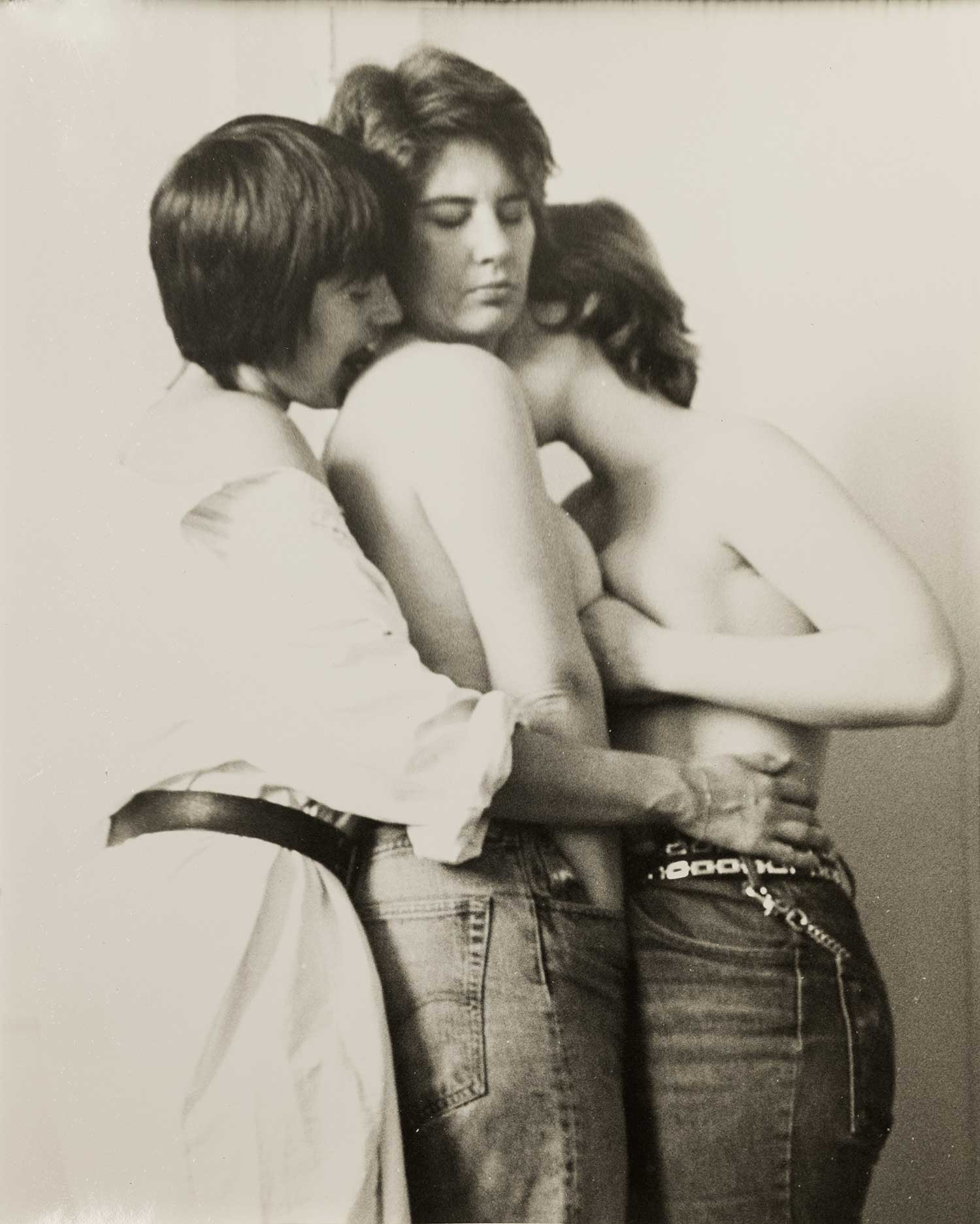
© Carol Newhouse; Courtesy the artist
Embser: In one of the features in this issue, you’ve posed the question to various writers and curators: what gesture or spread or moment in a book strikes a reader as feminist? How would you answer that yourself?
Winant: When I was in college, one night I discovered, in the UCLA Library, a book about Valie Export. I hadn’t learned about her in any of my classes. The book was full of photographs, because she makes photographic objects and photographic collages, and uses photo-documentation as an element of work. And I was stunned by it. I felt like it was a new way to be an artist and a new way to be a feminist. It was so fearless.
Jo Spence is another person whose books appear as part of this feature. I was surprised that I didn’t know about Spence sooner. I learned about her books The Final Project [Ridinghouse, 2013] and Putting Myself in the Picture [Real Comet Press, 1988] through Drew Sawyer, who writes about Spence in this issue. Her work felt unfamiliar to me, and wildly brave. There is something about her vulnerability, her testimony in photographs and text—an understanding of those things as a way to research our interior lives. And to recognize that our interior states are valid to mine as subject matter, and to take seriously.
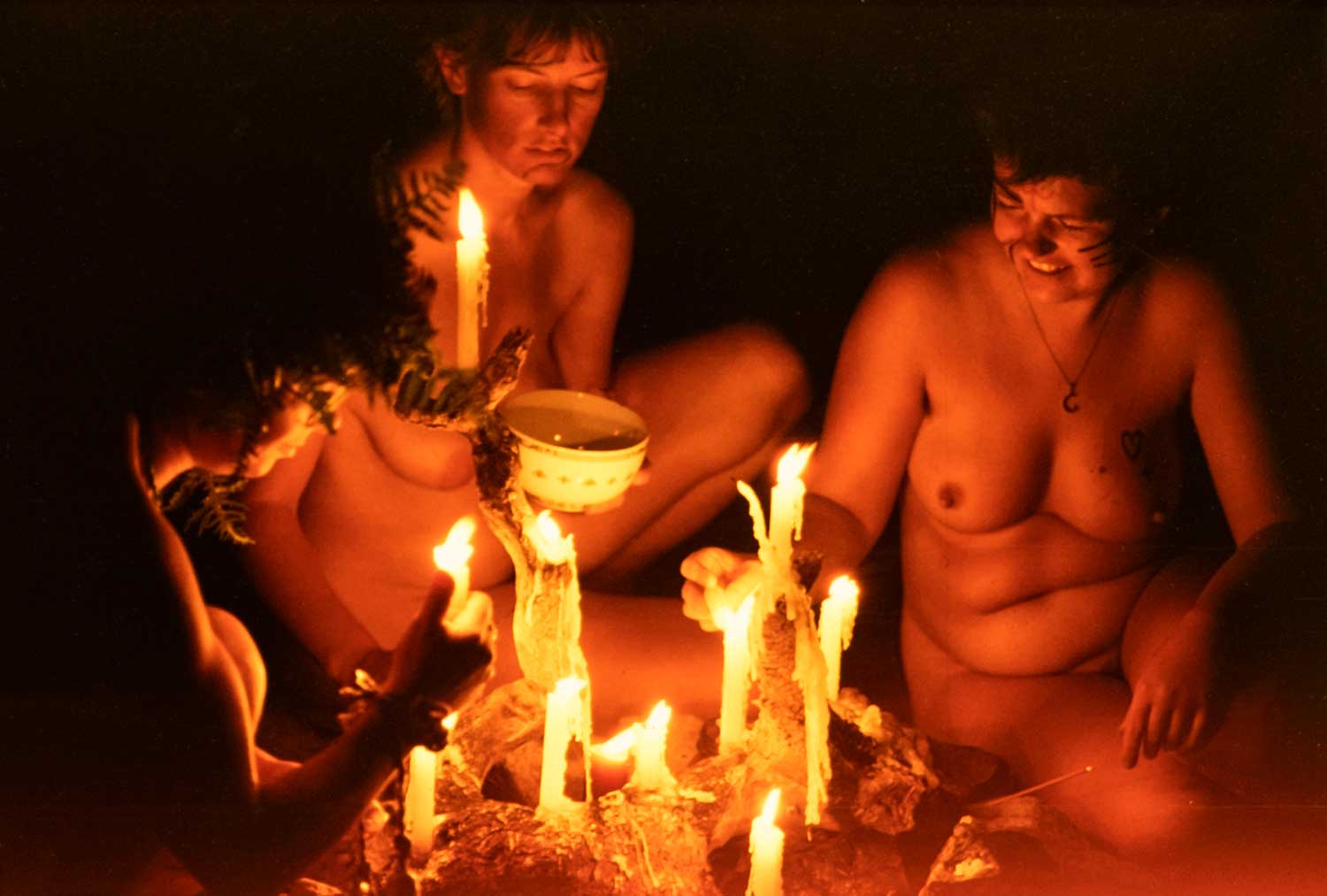
© Honey Lee Cottrell; Courtesy the Division of Rare and Manuscript Collections, Cornell University Library
Martin: Carmen, I want to talk more about your newest project, Notes on Fundamental Joy, which is constructed in response to images created by and for queer women. What does it mean for a cisgender woman, partnered with the father of your children, to work with this material? And how do you deal with the essentialist critique that these are not “your” images to work with?
Winant: I address this in the essay in the book. For me, these images form a map to a world that I didn’t know existed. Here were women who sidestepped the patriarchy altogether. This was the actualized work of world-building. I was really attracted to the joyousness of that, to its possibility beyond the metaphorical.
I had to ask myself, “Why do I feel that I belong here? Is this a kind of imposition? Am I trespassing?” I really wanted to take these questions seriously, without letting them overwhelm the photographs themselves, or the power of this history. I was in touch with every single photographer whose work was used in the book. Everyone was credited. Everyone was paid. Same goes for the photographs that were in institutions, institutional archives, the estates of women who passed away. One by one by one, every permission was granted. It was important that people have the credit that they deserve, but also in a larger sense, that those conversations were had with the women who were still alive and working, and that they felt like they could be collaborators on the project, and that they felt as though their own authority was not being stripped away. Those conversations—which are ongoing—were sometimes affirming, sometimes difficult or uneasy. The stakes are very real. Taken together, they form the foundation for this project.
Embser: By the same logic, how do you want people coming to this issue of The PhotoBook Review—who may not consider feminism “for them” and don’t normally read about feminism—to feel that this topic is their topic as well?
Winant: Basically, I never stop talking about feminism. I’m sort of relentless about it. I believe this is how we elevate consciousness, by lacing it through our everyday lives: through the way we talk about art and art history, parenting, heath care, and so on. You can’t just talk about feminism when it’s convenient, or when the moment strikes. And my students are receptive! Slowly, we build a coalition. That’s how, eventually, we’re moved.
Embser: Finally, could you tell us about your Linda Lovelace centerfold?
Winant: I have been collecting these centerfolds of Linda Lovelace—who was the star of Deep Throat [1972], the first feature-length pornographic film—that appear as a removable centerfold in her first of five autobiographies. Lovelace died in her early fifties, tragically. She was a pornographic film star who became a radical antiporn feminist, then an antifeminist, and finally—having felt that she was used on both sides—an evangelical Christian. She orbited through the full set of ideological positions of her day. She came to symbolize every side of the fight around sexual politics, particularly around the issue of so-called pro-sex and antipornography feminism, and came to embody the question: in what ways is desire itself a feminist issue?
In her book The Intimate Diary of Linda Lovelace [1974], this centerfold appears in the middle of the book. And so, when you approached me about doing a centerfold, I thought, this could be the moment to work with this material, and revive this person—someone who is critical to the history of sexual politics in the twentieth century. It is notable that this picture was made in the year before she renounced hardcore pornography and embraced feminism.
Embser: Is it your wish, then, that all of the readers of The PhotoBook Review hang up your centerfold, contemplate Linda Lovelace, and then make feminist photobooks from here on out?
Winant: I would hope so.
Read more from The PhotoBook Review, Issue 017, or subscribe to Aperture and never miss an issue.










